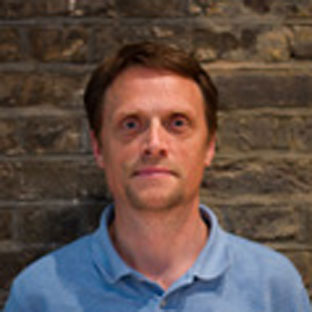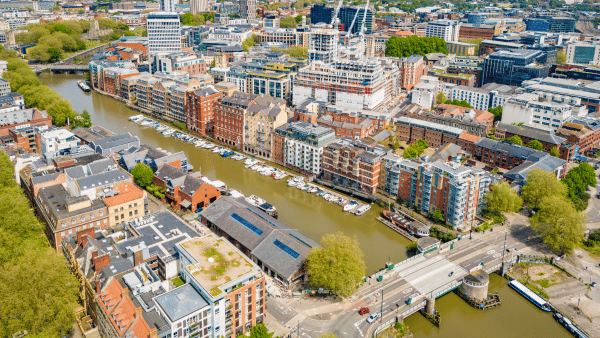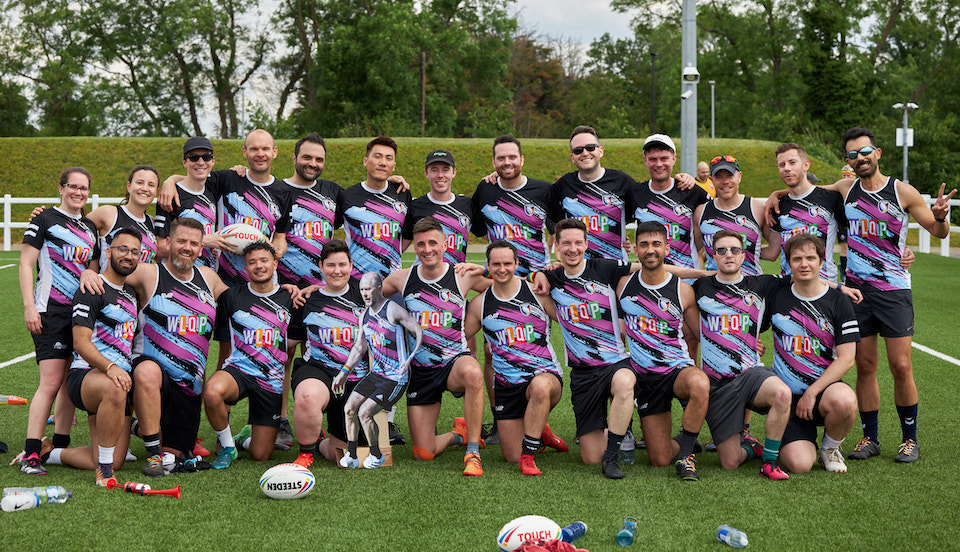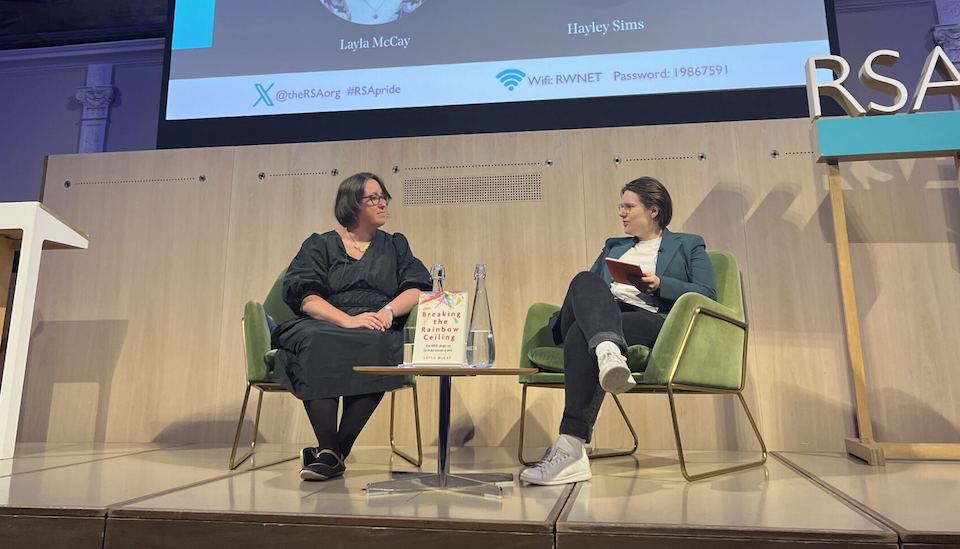There is a wonderful piece by Matthew Syed in this morning’s Times. It explores the controversy surrounding Eduardo’s dive against Celtic last week, which has now led to a two match ban for the Arsenal player. Syed recalls his own attempt to cheat in a championship table tennis game and how he was saved from himself by one of his coaches. Syed argues that rules, regualtions and video referees only take you so far. Sports need moral code strong enough to weigh against the overwhelming desire to succeed.
I would love to undertake research about the nature of moral dilemmas. Over the last year or so we have seen many episodes, ranging from Ross and Brand, to Sir Fred Goodwin, to MPs’ expenses, in which the public has reacted against what it sees as unacceptable behaviour. Yet there has been relatively little discussion of what might be called the ‘architecture’ of moral choice.
Like other aspects of behaviour, morality emerges from the interaction of three levels of personality. First, we have certain hard wired predispositions, both as a species and as individuals. The evolutionary psychologist, Marc Hauser, has shown a remarkable consistency across cultures of certain quite subtle moral distinctions. Also, people have a different capacity to exercise restraint depending on their physiology and socialisation (think, for example, of the problems sufferers of autism have with empathy).
Second, there are the cultural norms which frame moral choices. If in a society or sub culture there is a taboo attaching to a certain behaviour (drinking, gambling, eating dogs) it will carry a moral weight lacking in another cultural setting. A fascinating issue is the degree to which moral frames differ from organisation to organisation - for example a city bank or an NHS hospital. Third there is the conscious process of decision making in the face of a dilemma.
Very often controversy about an alleged moral failing concerns whether it is a cultural or organisational problem, or one that can be attributed to the immorality of the individual: did the MPs’ expenses debacle result from the culture of Westminster or the greed of individual MPs? (The answer, of courses is some combination of the two)
These are complex issues. It is not simply a matter of attributing causality across the three different levels. Think of the famous study of theology students who had just discussed the parable of the Good Samaritan. When, immediately afterwards, the students were directed past a stranger in obvious distress there was no difference between them and students who had studied a different bible story. Instead, the key variable was whether the students were in a hurry. The determining factor was not people’s beliefs or prevailing norms but whether they had the ‘head space’ to be receptive to the empathetic signals which our brains are hard wired to generate.
I’m sure my readers can direct me to some good reading in this area. But beyond the theory, it would be great to use real life examples to explore more closely the moral architecture of a variety of sectors. How about starting with banking, sport, politics and the media.
Related articles
-
Prosperous Places: creating thriving communities
Tom Stratton
With regional growth at the top of the agenda, it is vital that we create thriving communities across economic, social and natural perspectives. Prosperous Places is a suite of interventions aimed at responding to the unique ambitions and challenges of places.
-
Pride interview: Felipe Tozzato
Deborah Ajia
The commercial photographer and RSA Fellow explains what Pride means to him, the importance of courage, making friends through rugby and why being gay is his superpower.
-
Let's smash the Rainbow Ceiling
Ben Oliver
Reflecting on Layla McCay’s recent RSA talk, Ben Oliver offers five ways for employers to create a positive culture for their LGBTQ+ staff that benefits both the individual and the organisation.




Be the first to write a comment
Comments
Please login to post a comment or reply
Don't have an account? Click here to register.